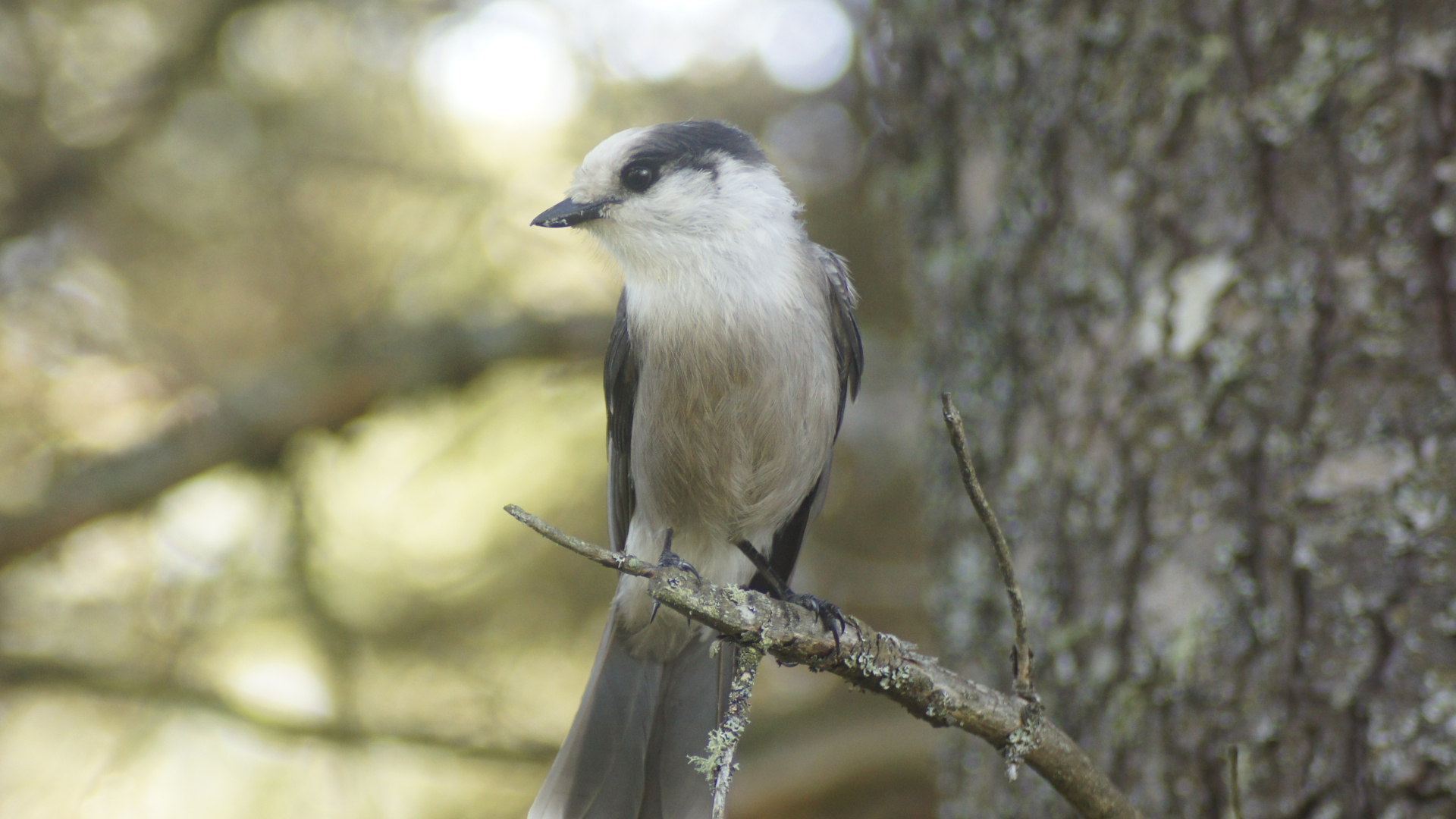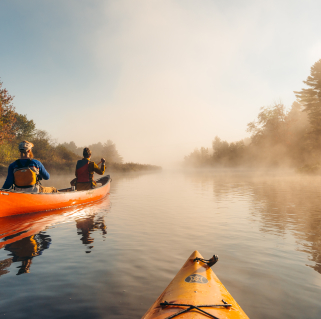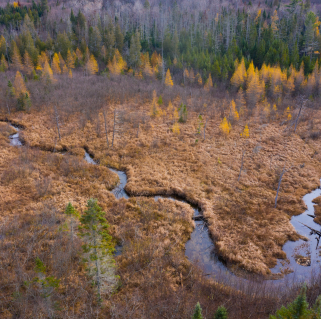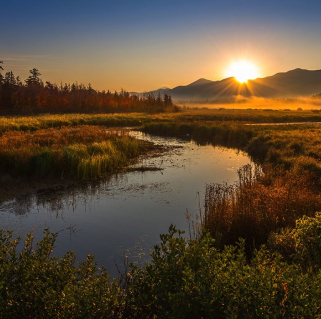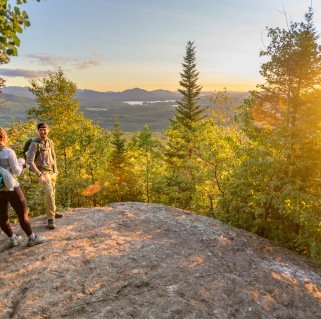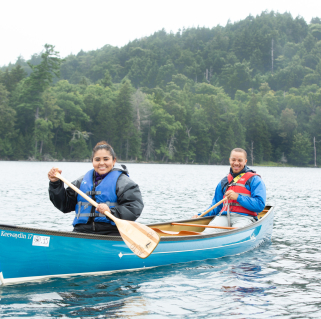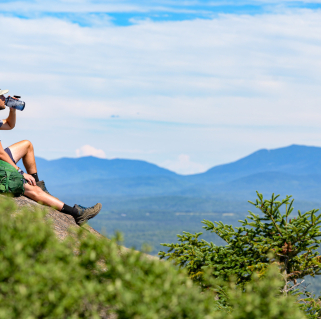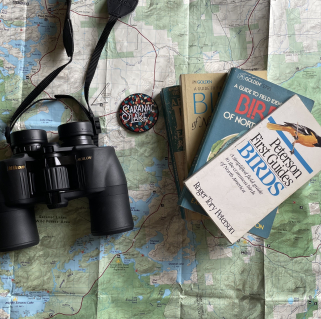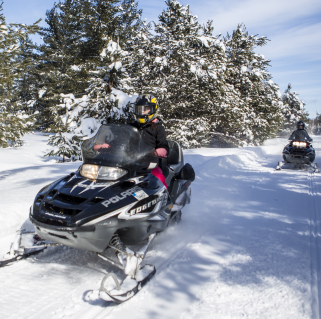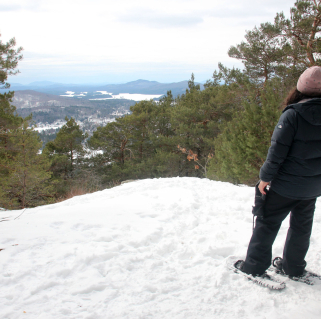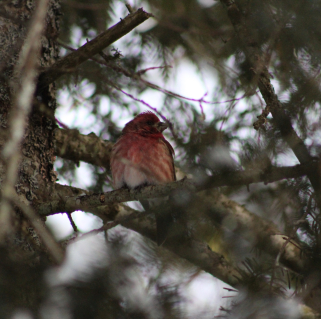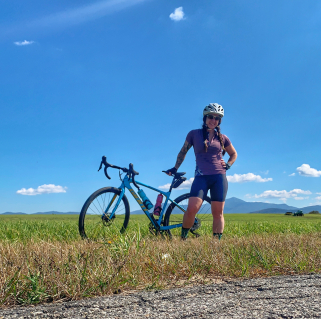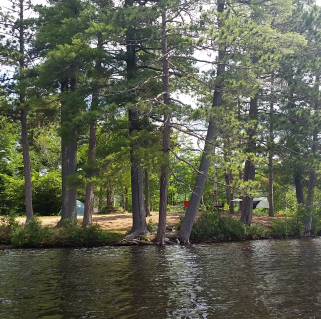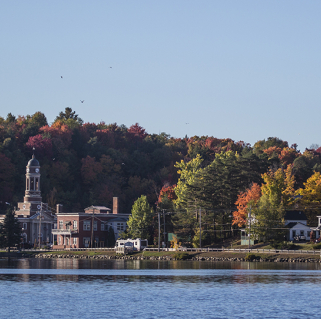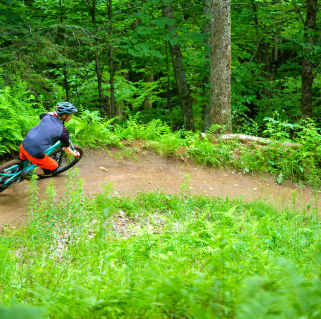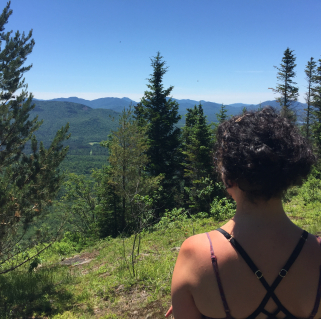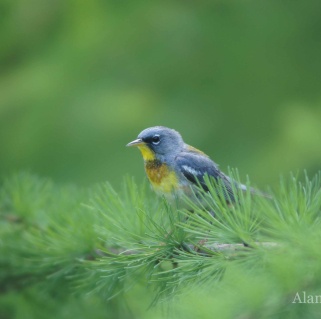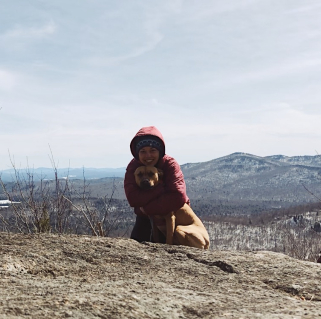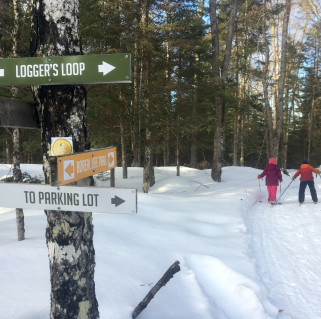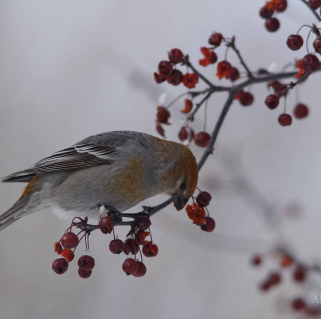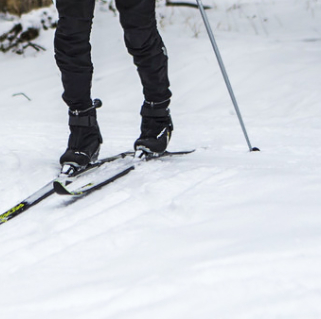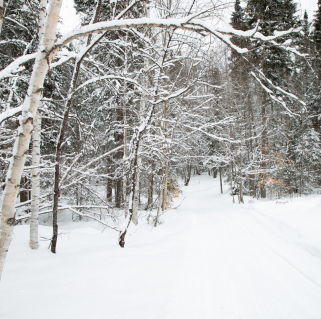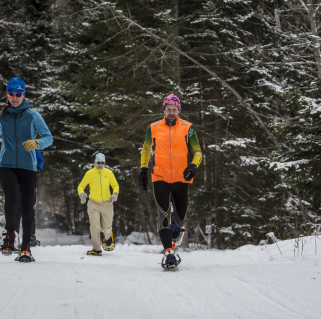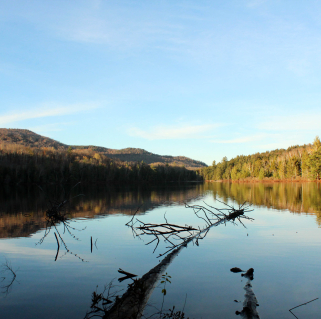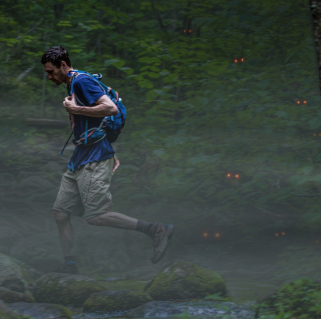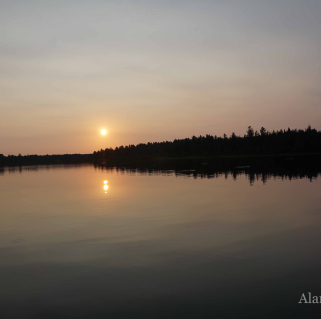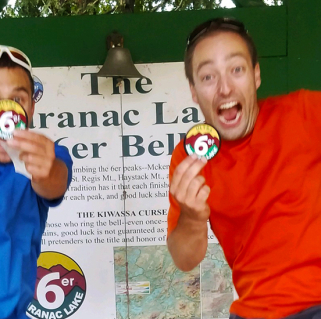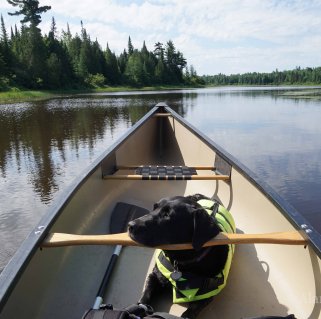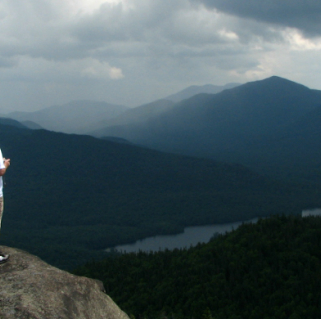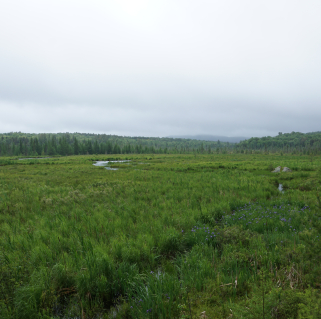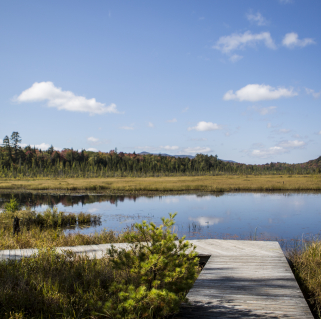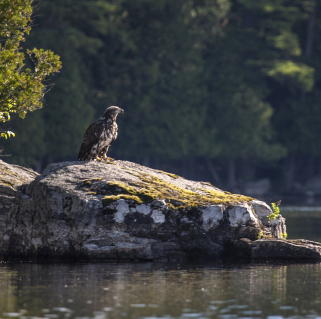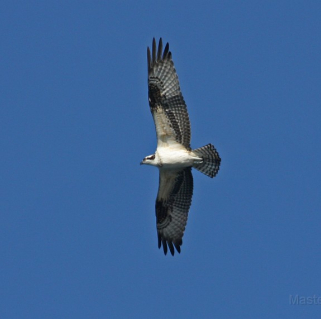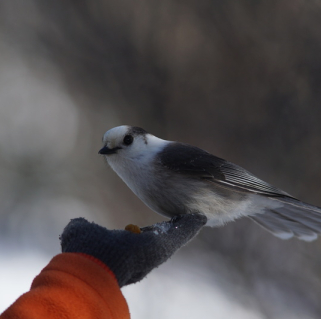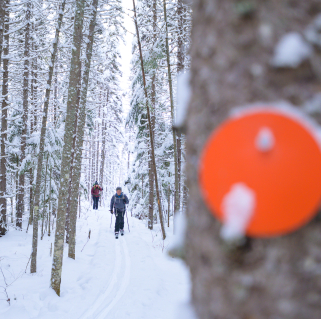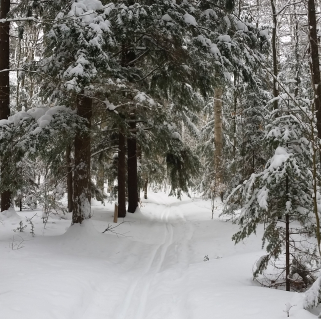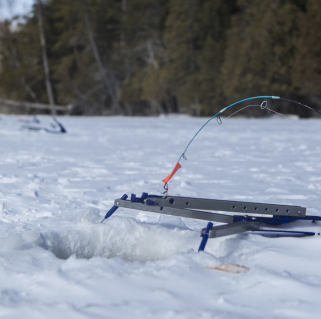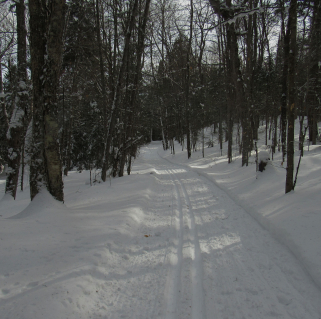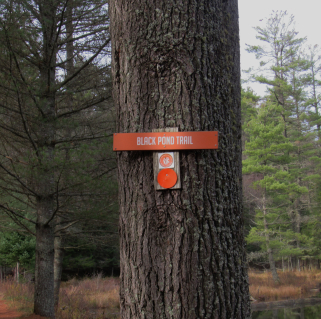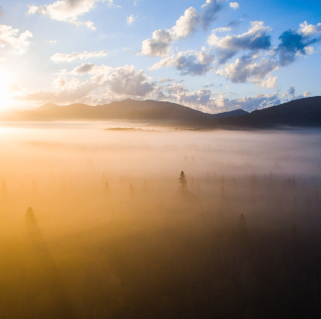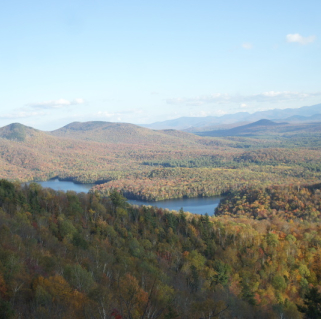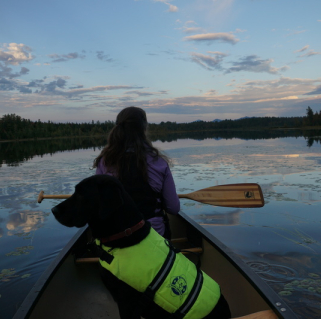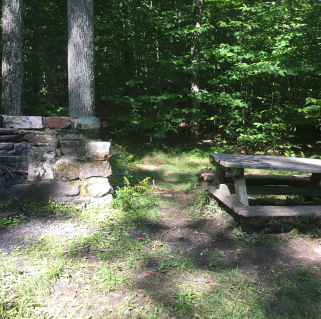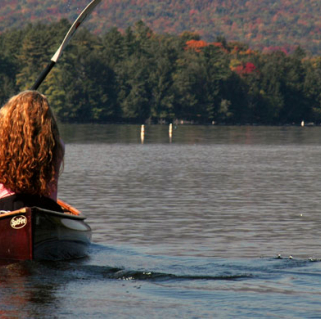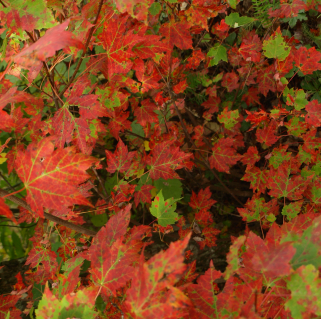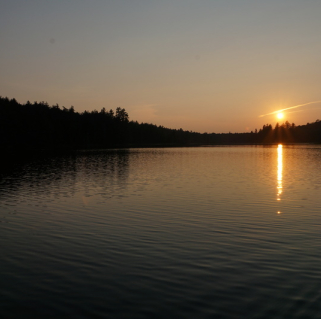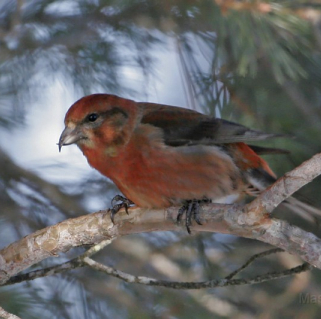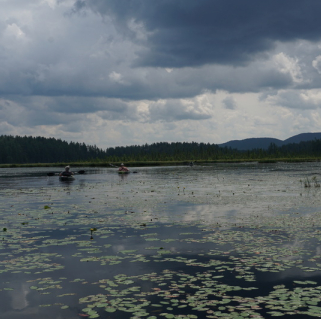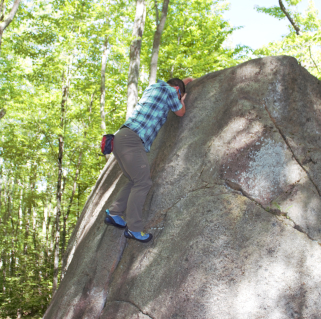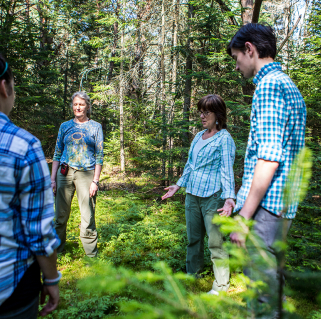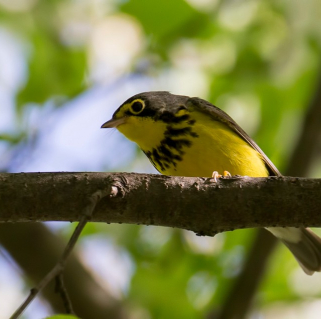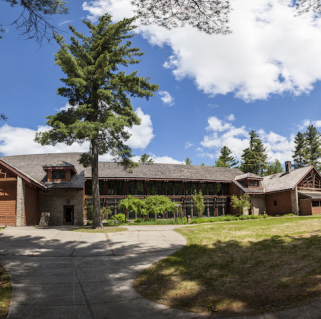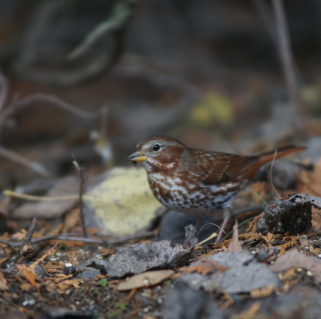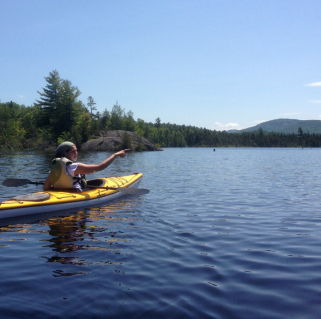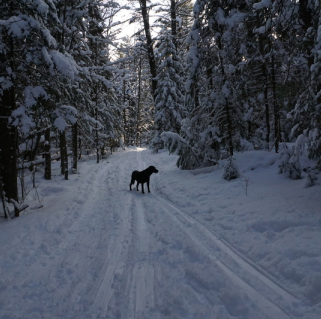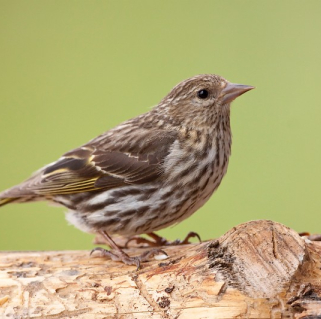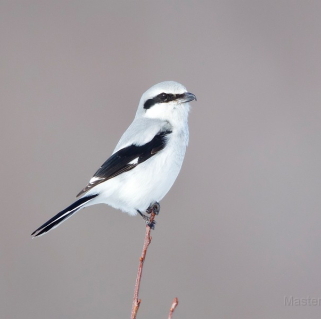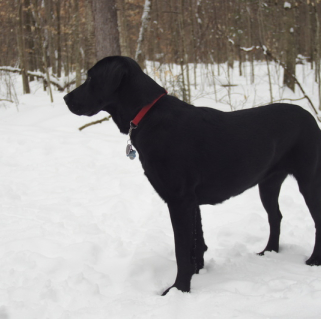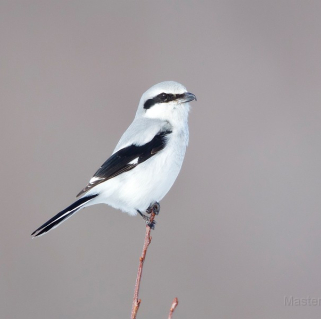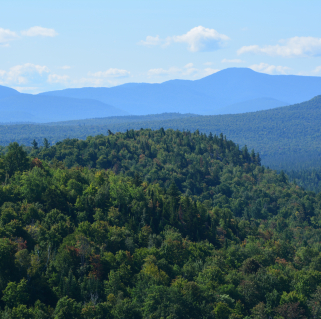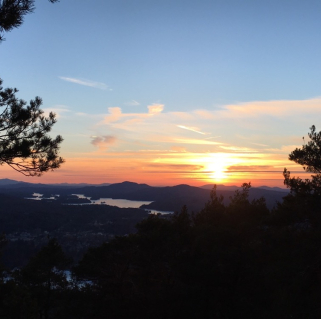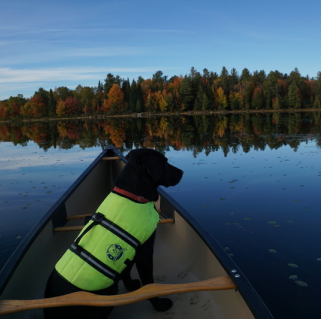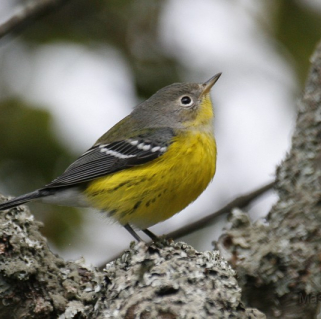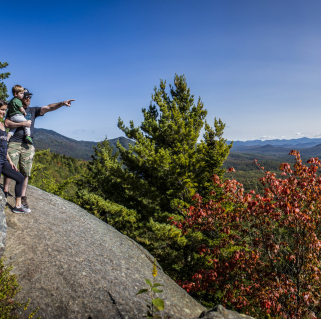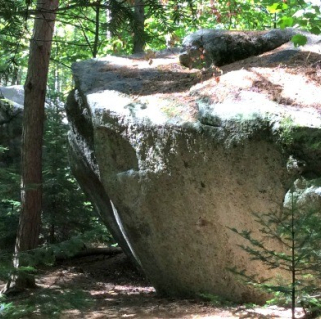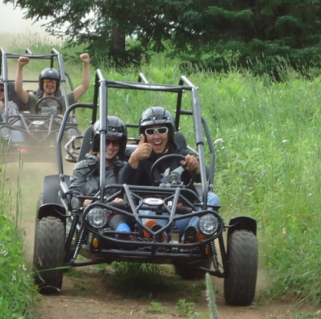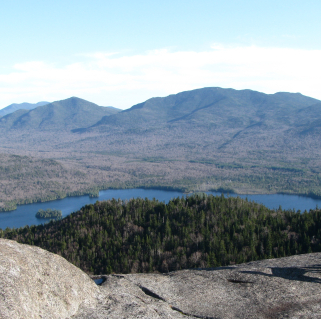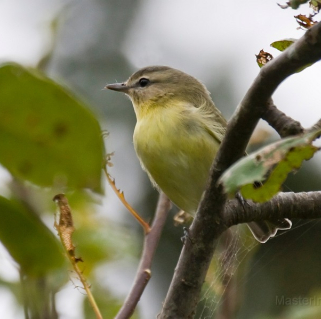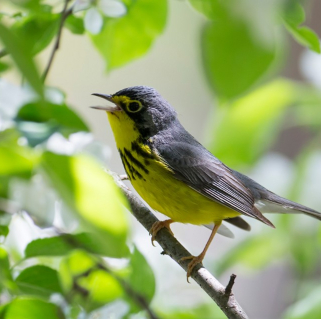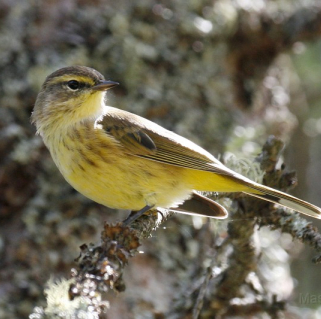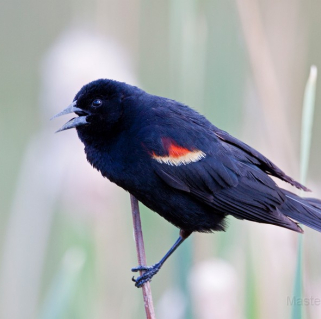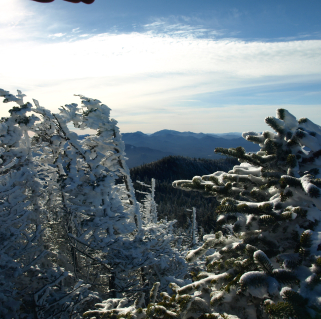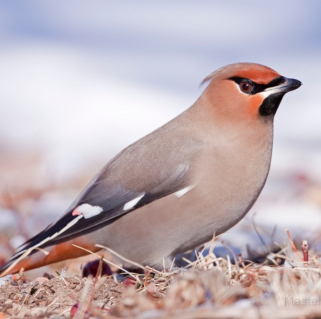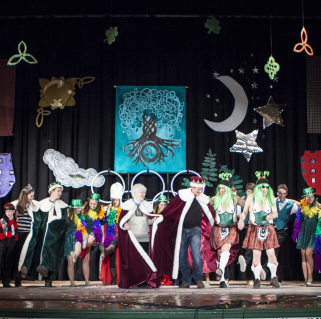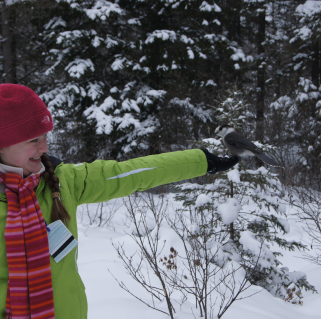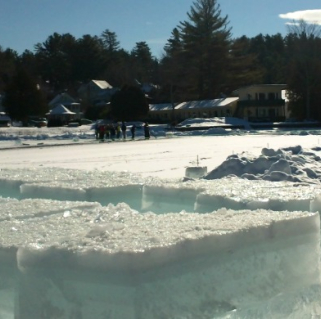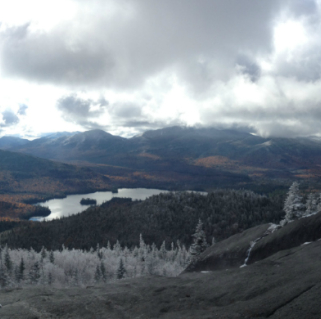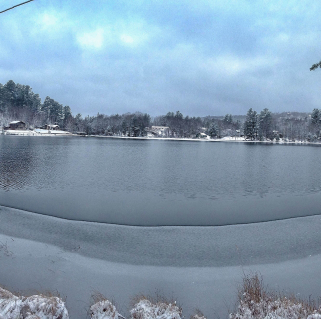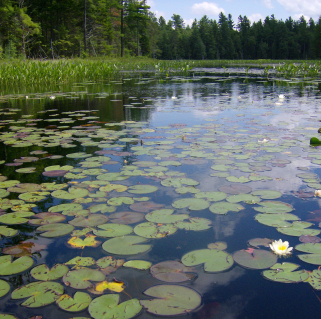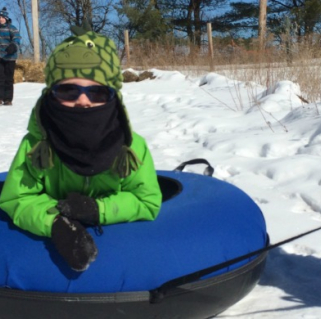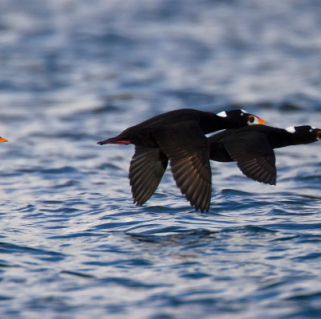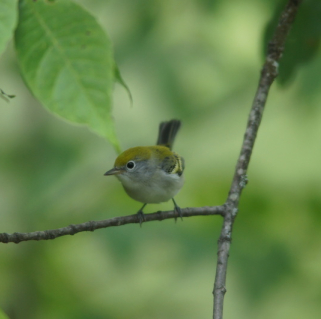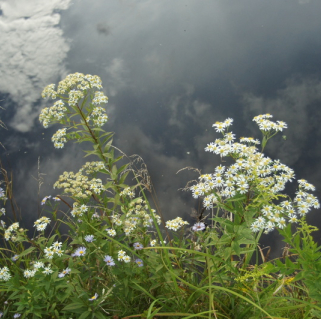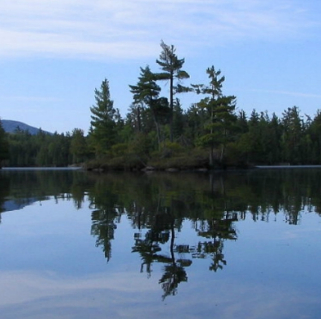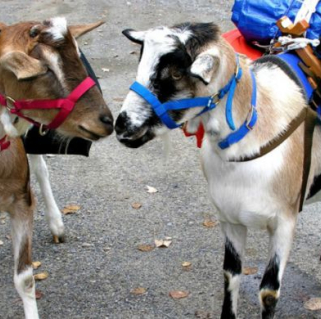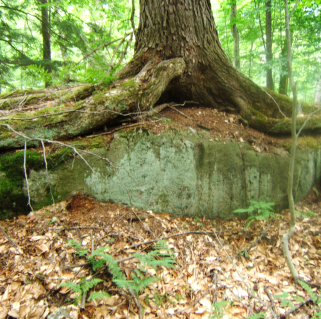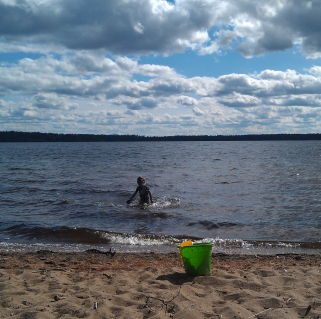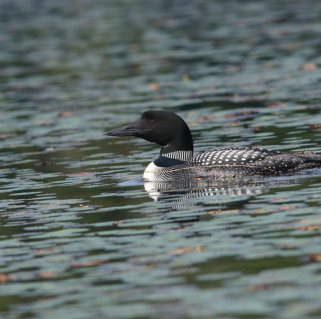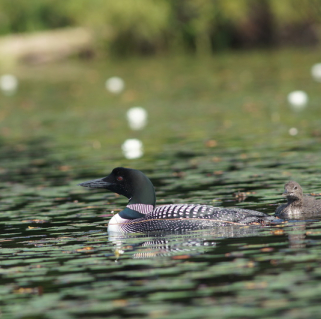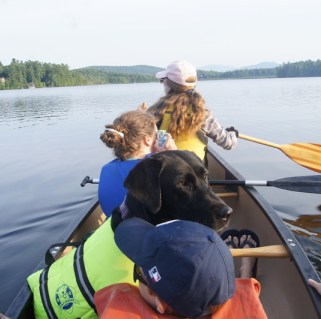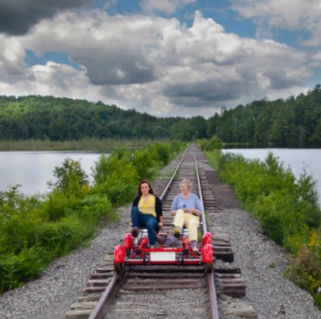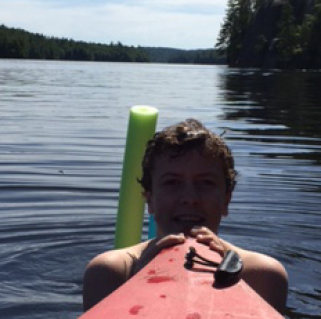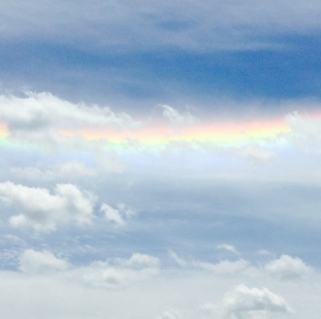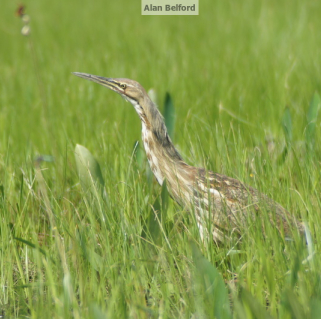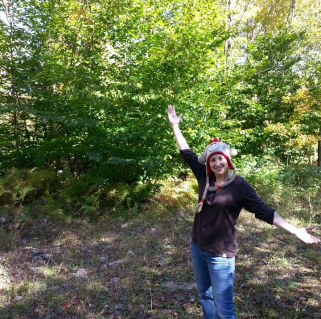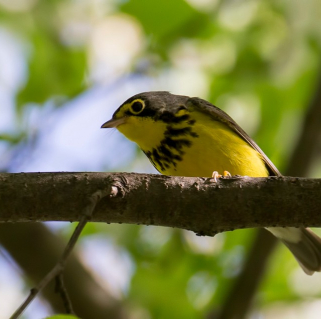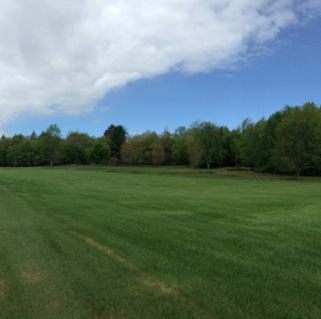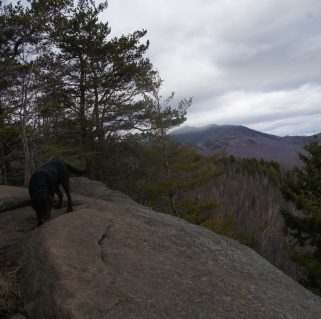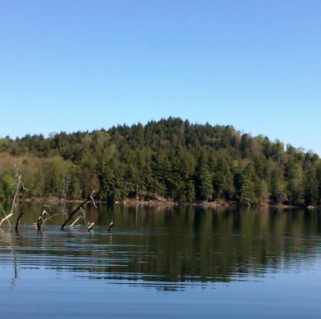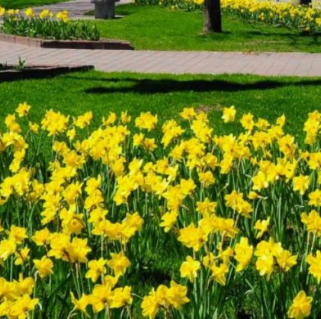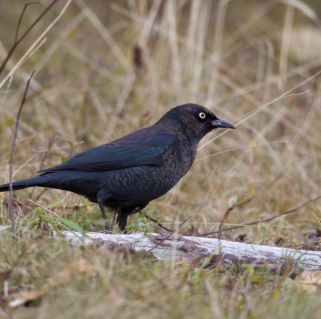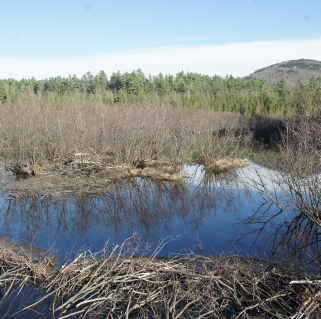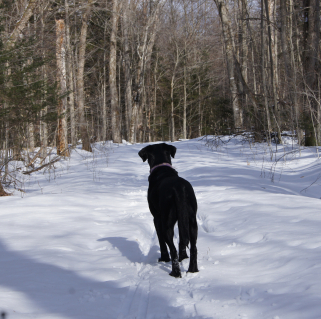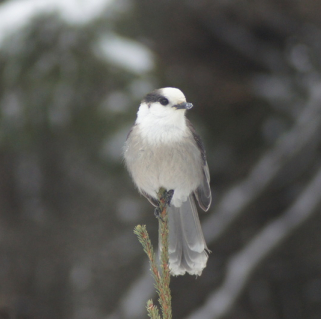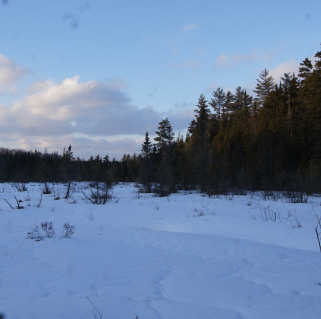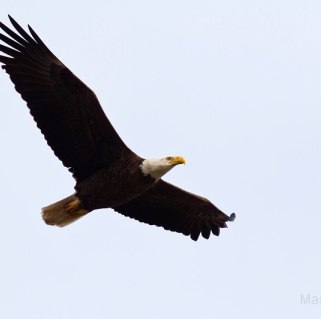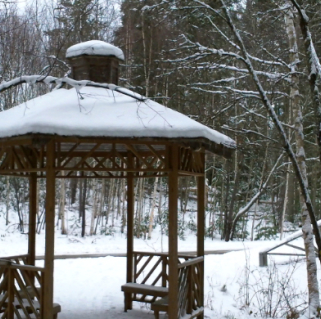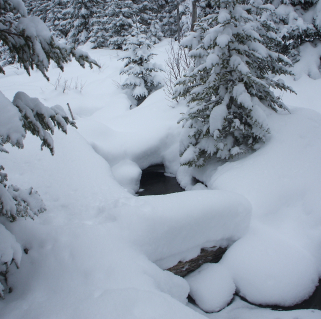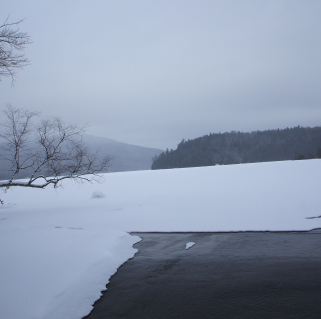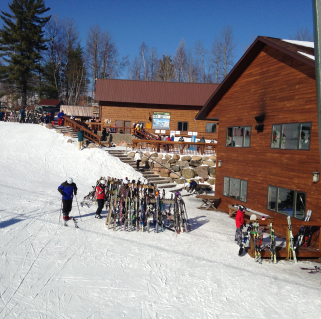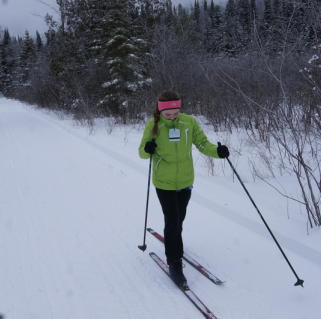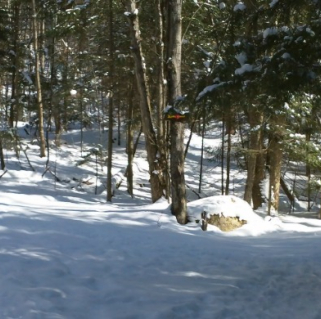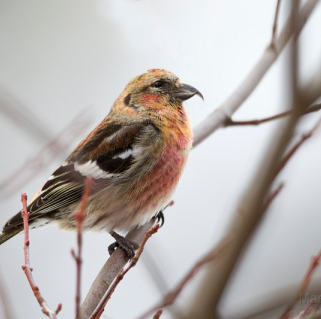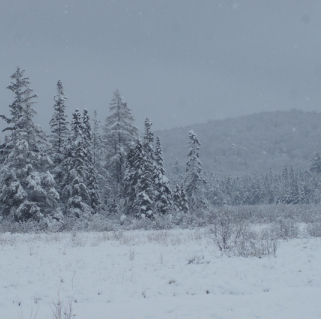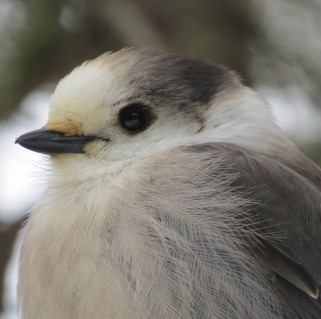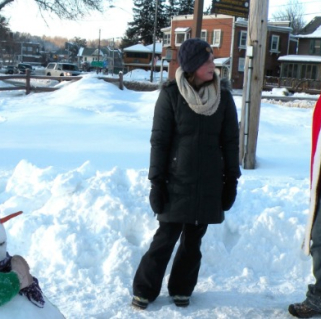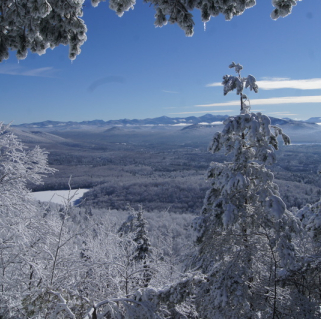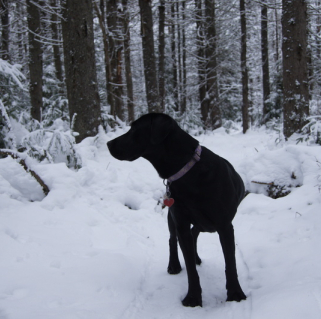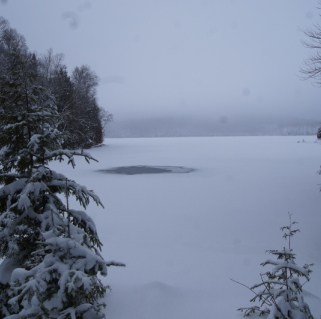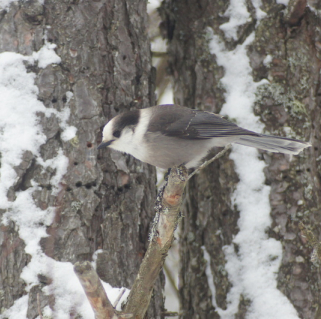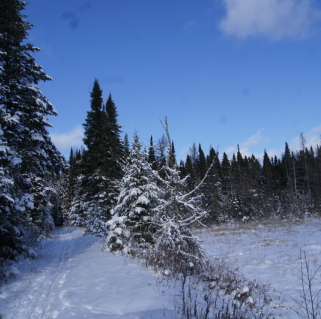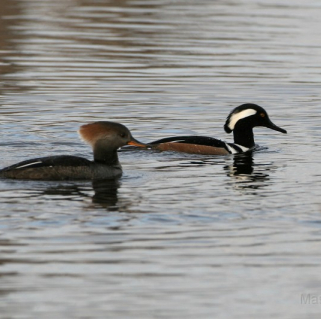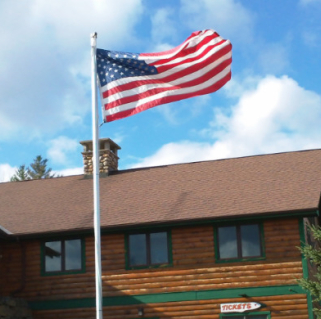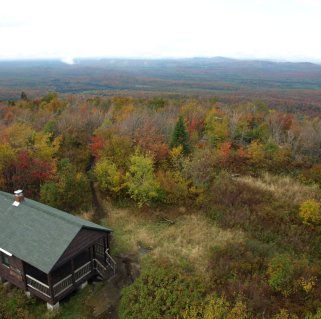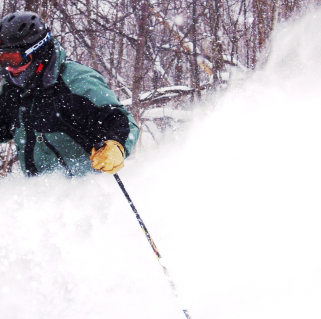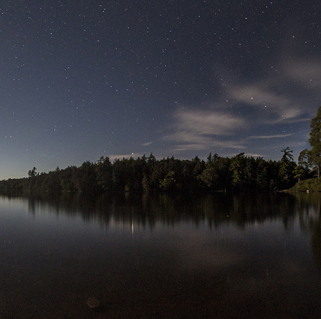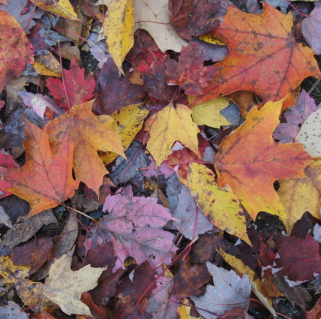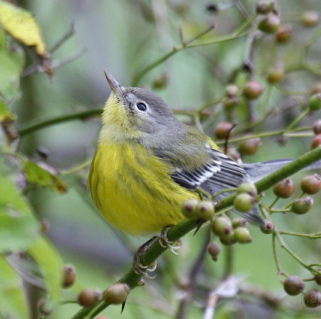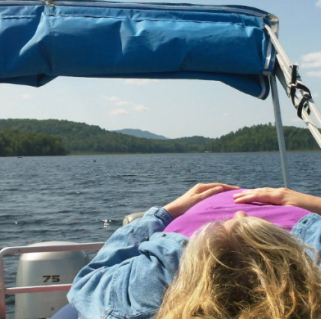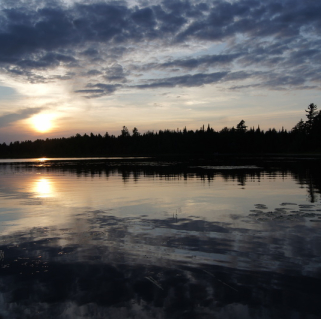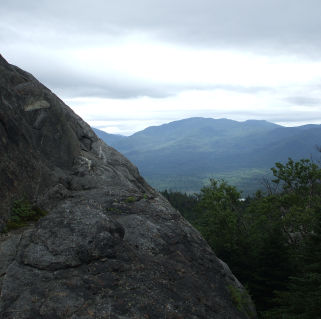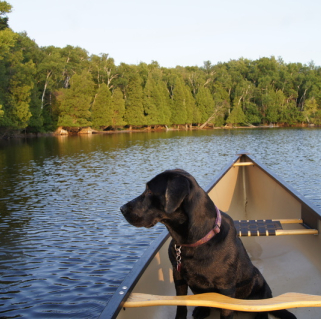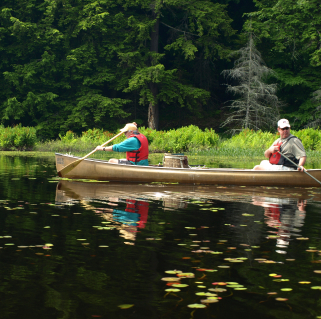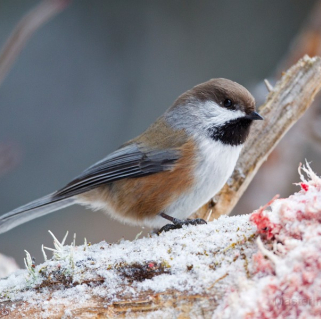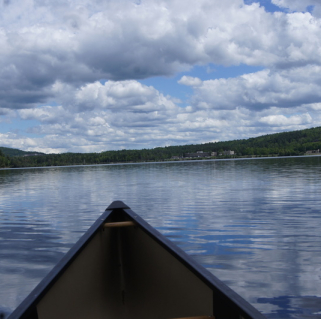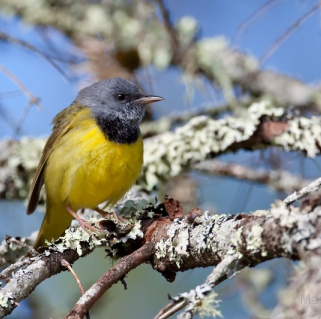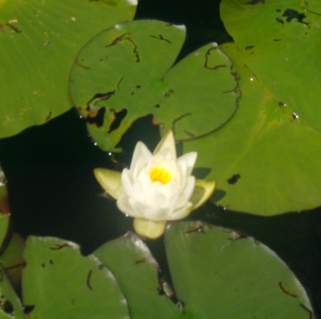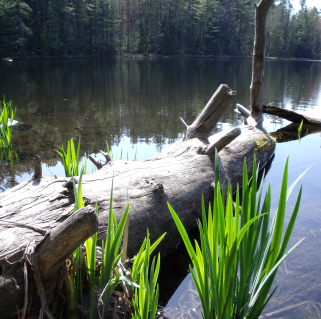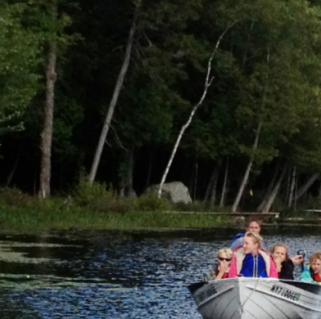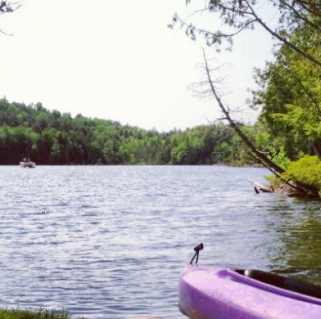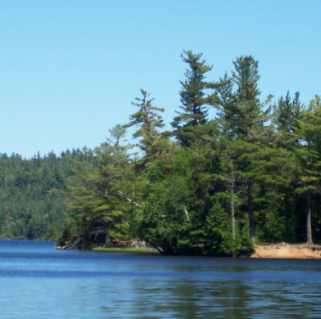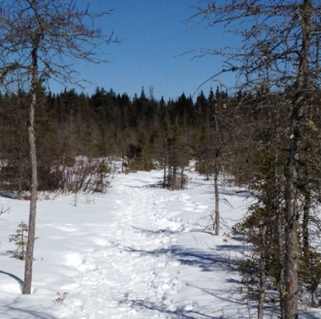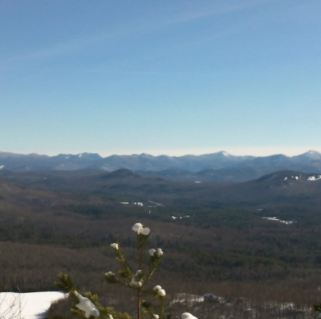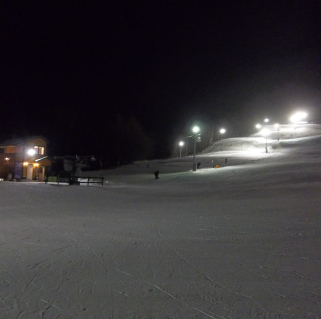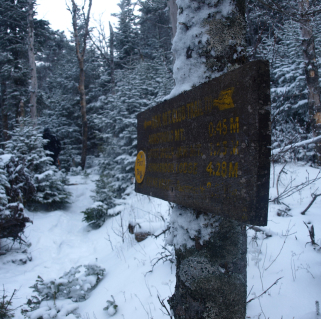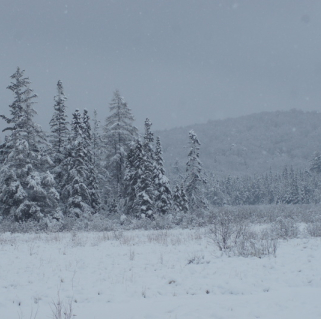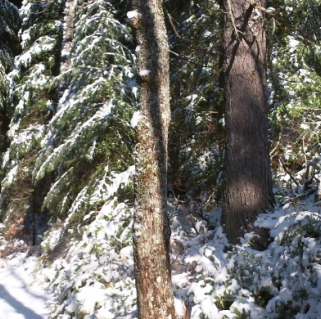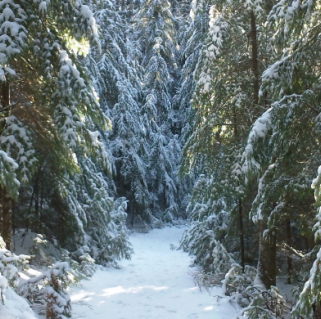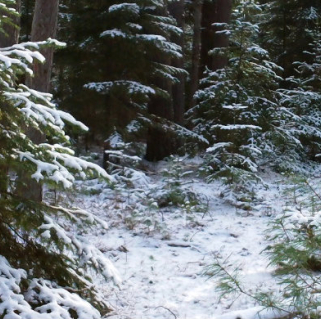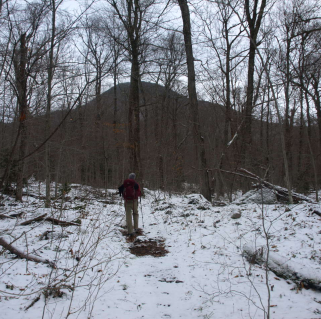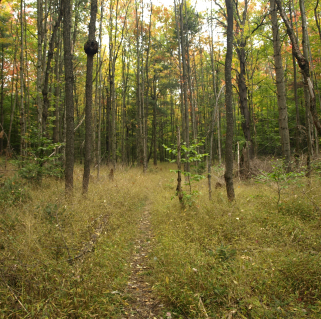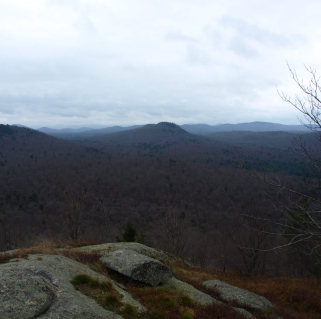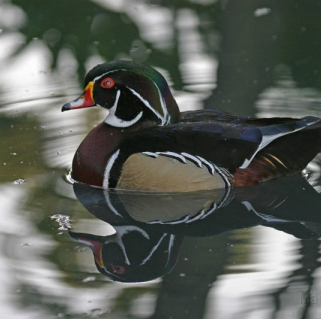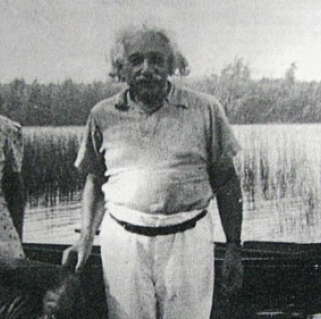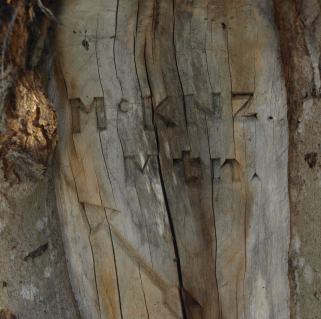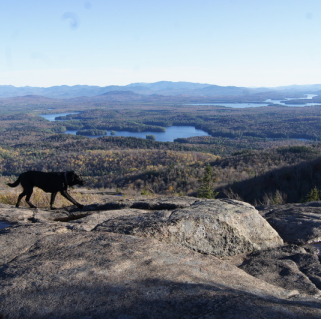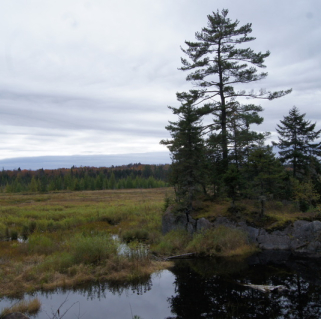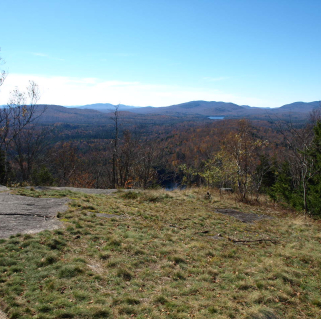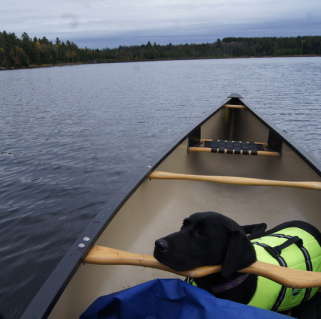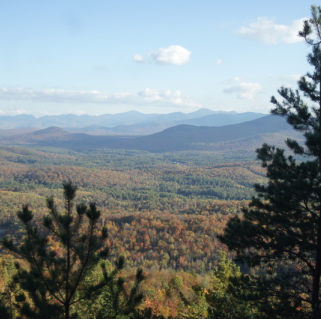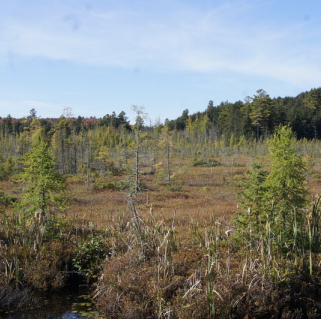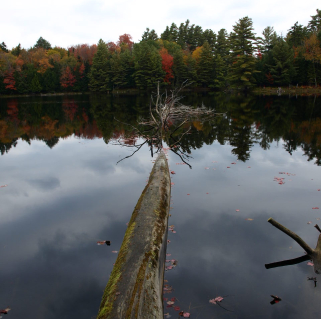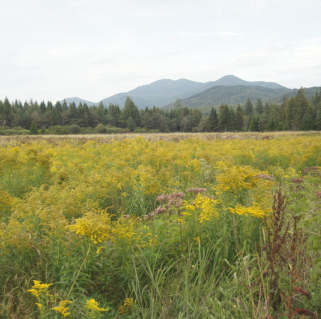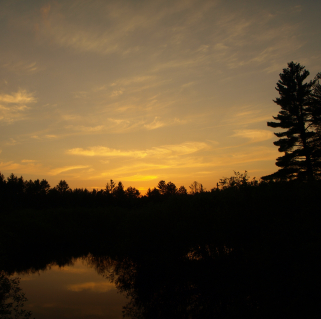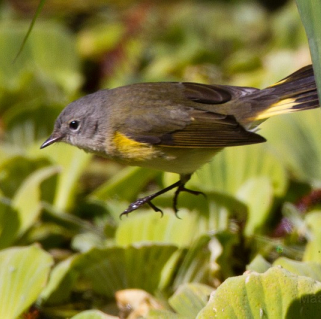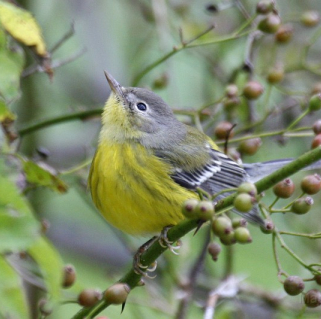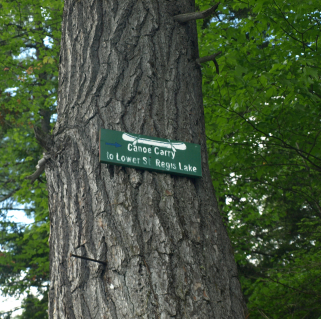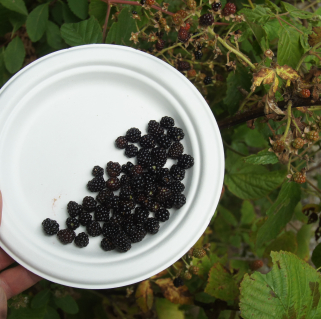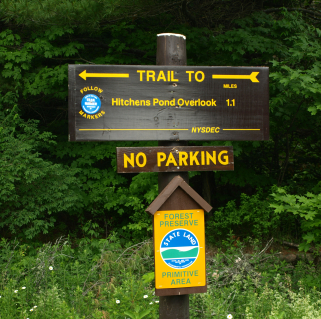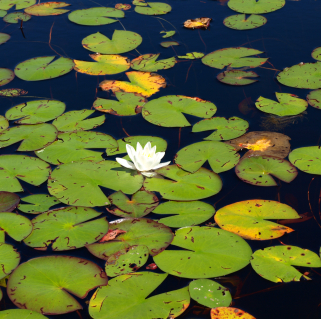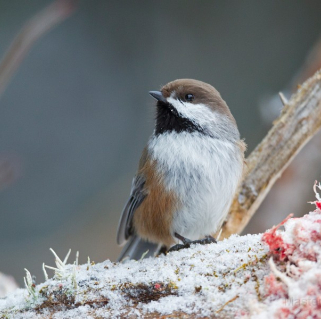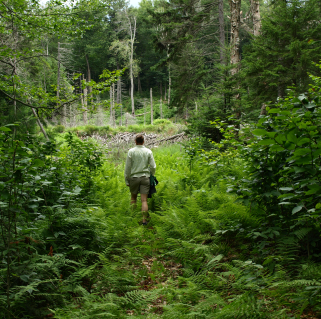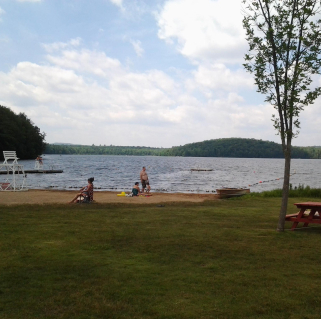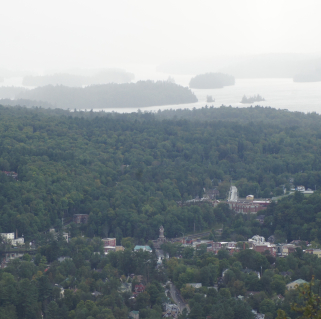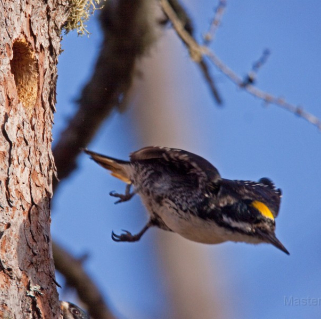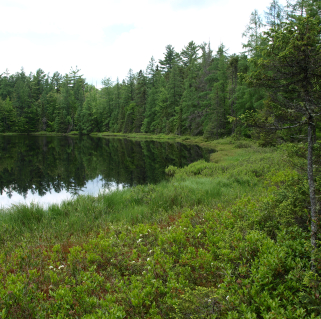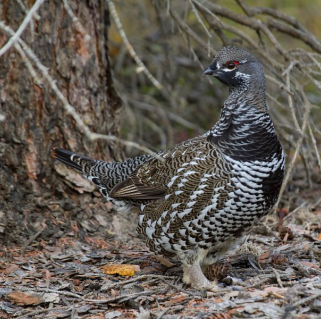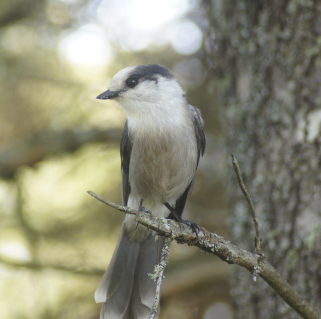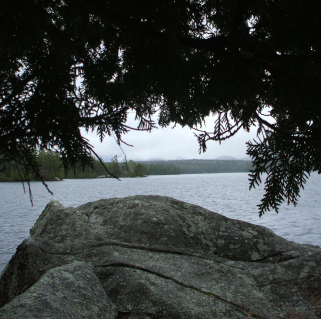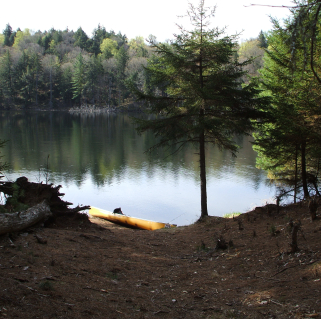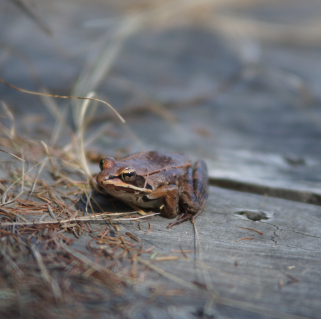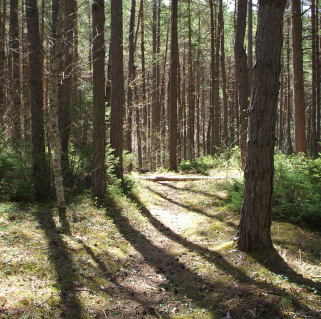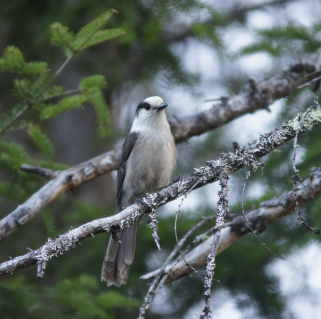Alan Belford
June 12, 2013
This past weekend I helped lead a birding trip for The Wild Center to explore Spring Pond Bog north of Tupper Lake, an area with a diverse collection of habitats. The bog itself is the second largest bog in the state, and the boreal habitats surrounding it are home to the last, best stronghold for spruce grouse in the state. And while we weren't lucky enough to find any spruce grouse, we didn't go there expecting a different result.
What we did find, however, was about 60 species of birds, including 15 species of warblers in the varied habitats in the Spring Pond Bog complex. From Tupper Lake, the road winds a long way before reaching the gate, from which point you need a permit to continue. We attained our permit from The Nature Conservancy in Keene Valley (518-576-2082), and we explored several of the Conservancy's properties in the area. Some of the easiest places to explore – particularly with a group – are along the dirt roads, and we started at a small body of water on our way to the gate where a common loon was sitting just offshore affording us excellent views. The lake also had a good collection of song birds singing and feeding in the wet, misty conditions, and the flock included warblers such as Nashville, pine, yellow-rumped, and northern parula, as well as blue-headed vireo.
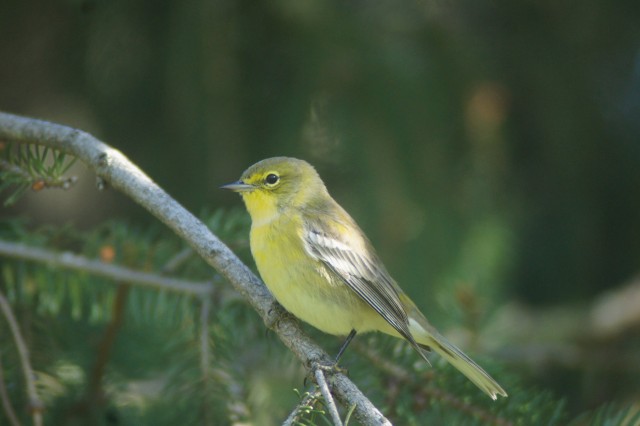 Past the gate we checked out a nice boreal stretch of habitat owned by The Nature Conservancy. There we found a variety of species including magnolia, Nashville, and palm warblers. We also heard several yellow-bellied flycatchers, eventually finding one perched in the open and everyone was able to get nice looks. Yellow-bellied flycatchers inhabit such boreal forests, and it was a species we wanted to see. I then hooted for barred owls, hoping to insight the birds to come in and scold me. It worked, and a collection of birds began to chatter and come in for a closer look. That included a gray jay – another boreal species – which sat on top of a tree scolding me and looking for the phony owl before finally giving up and flying off.
Past the gate we checked out a nice boreal stretch of habitat owned by The Nature Conservancy. There we found a variety of species including magnolia, Nashville, and palm warblers. We also heard several yellow-bellied flycatchers, eventually finding one perched in the open and everyone was able to get nice looks. Yellow-bellied flycatchers inhabit such boreal forests, and it was a species we wanted to see. I then hooted for barred owls, hoping to insight the birds to come in and scold me. It worked, and a collection of birds began to chatter and come in for a closer look. That included a gray jay – another boreal species – which sat on top of a tree scolding me and looking for the phony owl before finally giving up and flying off.
The road through the Spring Pond Bog complex crosses several streams, and it's a good thing there has been recent road work done on the crossings or they may have been impassable with all of our recent rain. But the roads were largely in good shape, and we birded a few stream crossings, finding chestnut-sided warblers, common yellowthroats, swamp sparrows, and distant alder flycatchers, among other species.
And so we wound our way back to the bog itself, where there is a small parking area to access the trail. The trail runs the length of a glacial esker which extends a finger into the bog, but it initially begins in deciduous forest where we continued to find warblers such as black-throated blue, black-throated green, and ovenbird. We checked out the short boardwalk which cuts through a small patch of the bog, and although no birds were singing close to the trail, we did hear distant palm warblers which nest in such habitats. We also looked at a variety of bog plants including carnivorous pitcher plants, and blooming Labrador tea and bog rosemary.
 Back on the main esker trail we found fresh moose tracks which walked along the esker before turning off the trail. The brushy habitat along the trail was also home to Canada warblers and one male sat cooperatively singing in the open for everyone to see – Canada's often skulk in thick habitat and can be difficult to find. A singing male scarlet tanager also made an appearance on the edge of the deciduous forest.
Back on the main esker trail we found fresh moose tracks which walked along the esker before turning off the trail. The brushy habitat along the trail was also home to Canada warblers and one male sat cooperatively singing in the open for everyone to see – Canada's often skulk in thick habitat and can be difficult to find. A singing male scarlet tanager also made an appearance on the edge of the deciduous forest.
We walked out the esker trail finding an old wild turkey nest from which all nine chicks had hatched. The trail continued until it reached the open bog expanse – giving impressive views through the gaps in the trees. There I took advantage of a pair of scolding white-throated sparrows to pish (essentially mimicking scolding calls), and drew in a collection of birds including blue-headed vireo, red-breasted nuthatch, yellow-rumped and Canada warblers, and a swamp sparrow. On our way out we checked out the boardwalk again, finding a red eft – the juvenile life stage of the red-spotted newt. Then after stopping at the stream crossing near the beginning of the esker trail, we began the long winding road back to Tupper Lake, pausing briefly when we found a female snapping turtle laying eggs along the road. It had been a great day.
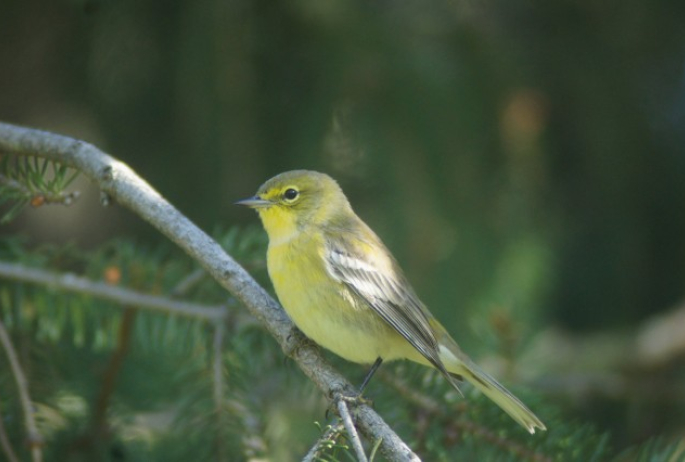

Packages and Promotions
Valid Jan. 21
- Jan. 21
Valid Jan. 21
- Jan. 21
Pet Getaway
Voco Saranac Lake
Your dog deserves an Adirondack getaway too. Book our pet friendly hotel near Lake Placid welcomes every member of your crew. Book our Pet Package...
Valid Jan. 21
- Jan. 21
Valid Jan. 21
- Jan. 21
Stay and Dine
Voco Saranac Lake
Receive a 50 dollar credit per stay to use in our Boathouse Saranac Lake Pub. Enjoy an exceptional dining experience with unparalleled views great...
Valid
-
Valid Dec. 6
- Nov. 1
Zip and Whip Expedition
Farmhouse UTVs
Experience Outdoors and Farmhouse UTVs have teamed up to bring your family and friends the Adirondack adventure you've been waiting for....
Valid
-
Valid Apr. 1
- May. 1
Forest Bathing Guided Experience - 10% off for pre-season registration
Adirondack Riverwalking & Forest Bathing
Guided forest sensory immersion walk for all. Sign up early for 10% off!
